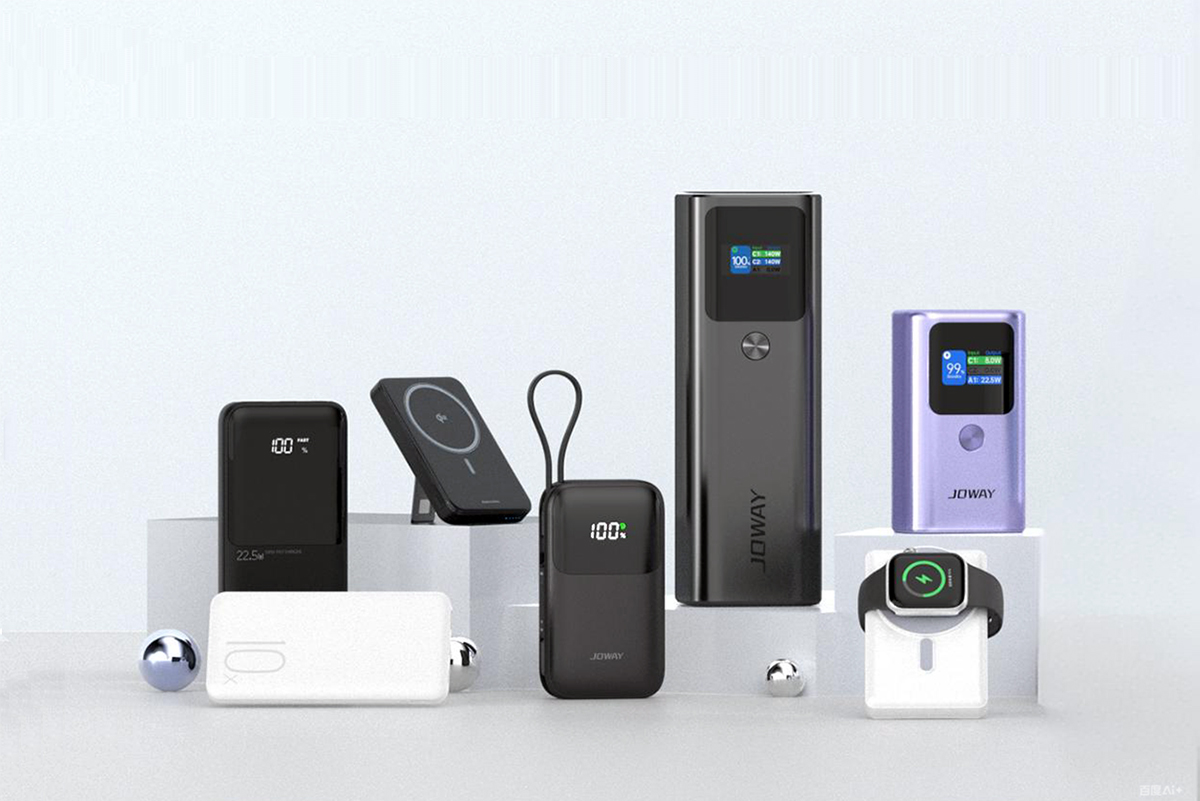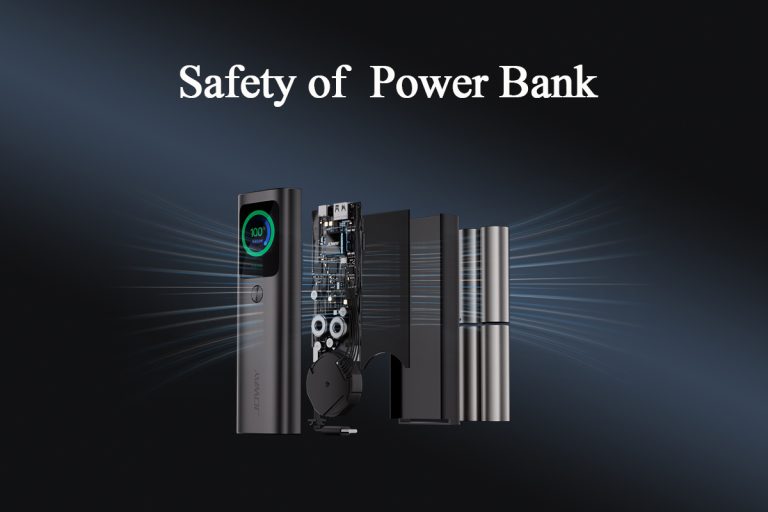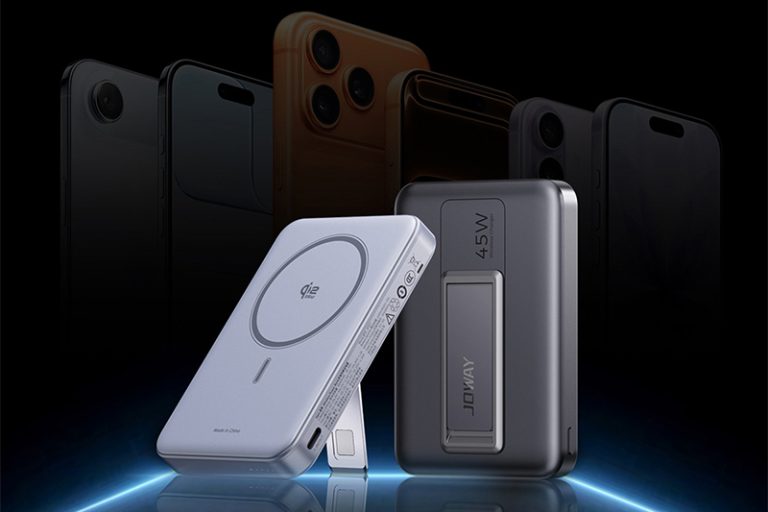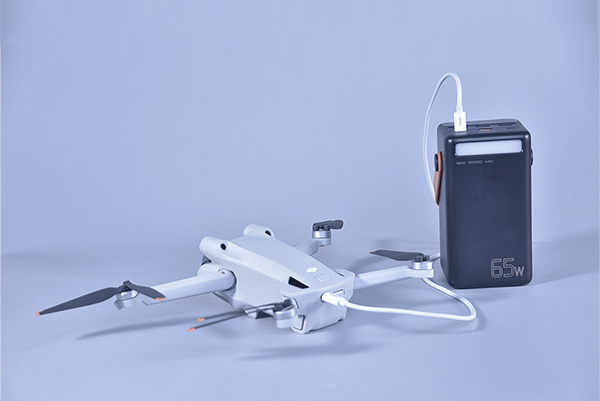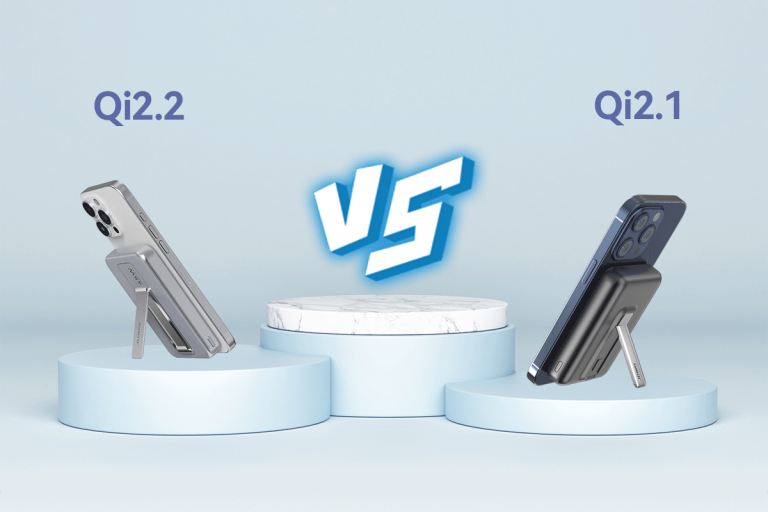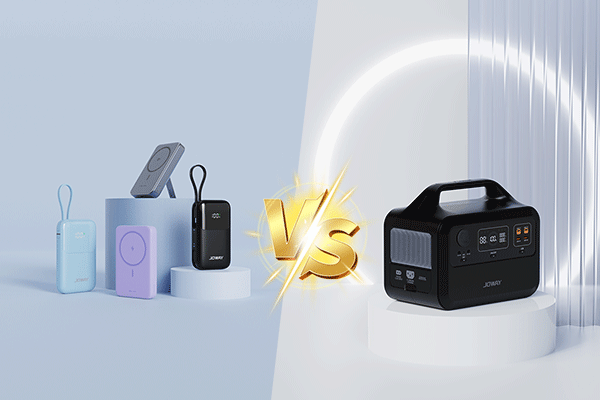A power bank is something many of us keep on us day to day, and its longevity is a real concern. Its lifespan is also closely tied to safety performance, which in turn shapes how much people trust a brand. So, when a brand sets out to customise a power bank, what do they need to understand about its expected lifespan? Let’s take a closer look.
1 How long does a power bank usually last?
A power bank’s lifespan is influenced by several factors: the quality of the product itself, the user’s habits, and the conditions in which it is used. In general, most power banks offer a cycle life of roughly 300–500 cycles. Here, a “cycle” means one full journey from fully charged to fully discharged and back to fully charged again, rather than simply the number of times it is plugged in. Even after reaching this number of cycles, the battery will typically still retain around 80% of its original capacity.
2 What factors influence the lifespan of a power bank?
The lifespan of a power bank is shaped by a wide range of factors, including the battery cell materials, circuit-board design, internal structure, housing materials and finishes, user habits, ambient temperature, and any external knocks or damage. The main factors are as follows:

2.1 Factor one: poor-quality battery cells
The battery cell is one of the most important determinants of a power bank’s lifespan. Mainstream options currently include lithium-polymer cells and 21700 cells, and in recent years newer technologies such as semi-solid-state and solid-state batteries have also emerged. Cell quality depends not only on the cell type and the purity of its internal materials, but is also closely tied to the choice of supplier. In practice, this comes down to several core elements: the cathode and anode materials, the electrolyte, and the separator. As a result, it is advisable to prioritise established, tier-one battery manufacturers.
2.2 Factor two: circuit-board design and manufacturing quality
The design and build quality of the circuit board directly determine charging and discharging efficiency, as well as overall stability. They also influence how sensitively the system responds to overcharge, over-discharge and short-circuit conditions. In many ways, the circuit board is the “chief commander” of a power bank. Choosing high-precision NTC temperature sensors can markedly improve the performance of the lithium battery protection board, and with it the overall safety of the power bank.
2.3 Factor three: prolonged exposure to extreme temperatures
Both very low and very high ambient temperatures are harmful to a power bank’s lifespan. As a rule of thumb, the temperature during charging should not exceed 45°C. Continuous charging at high temperatures can cause the battery to swell and speeds up the ageing of electronic components. At the other extreme, very low temperatures (for example, below 0°C) cause a sharp drop in the ionic conductivity of the cell, and long-term exposure to such cold conditions can result in irreversible damage. In short, extremes of heat or cold will shorten the service life of a power bank.
2.4 Factor four: overcharging and deep discharging
It is not advisable to keep a power bank in a float-charged state for long periods, as this places extra strain on the lithium battery protection board and speeds up the ageing of the protection circuitry, potentially leading to failure. Excessive charging and discharging also reduce the activity of the cathode and anode materials, causing irreversible capacity loss and increasing the risk of internal short circuits, which in turn shortens the power bank’s service life.

2.5 Factor five: long-term storage at very low or full charge
Keeping a power bank fully charged for extended periods leaves it under constant stress, making swelling or bulging more likely. By contrast, storing it at a very low state of charge leads to deep discharge, which accelerates battery ageing. If the battery is not recharged in time, it may ultimately fail completely.
2.6 Factor six: using low-quality chargers and cables
You should avoid regularly using low-quality charger plugs or data cables to charge a power bank. The charger’s protocol needs to be compatible with the power bank’s fast-charging protocol. Inferior chargers often suffer from poor conversion efficiency, excessive heat build-up and increased stress on the battery cells. Their output current also tends to be unstable, which can place direct strain on the lithium battery protection board. Over time this causes components on the board to age prematurely or even fail, and in extreme cases may increase the risk of fire or explosion, creating a serious safety hazard.
2.7 Factor seven: prolonged charging while in use
It is best not to keep a power bank charging while it is supplying power for long stretches of time. Doing so can cause significant overheating. In the long run, this shortens the overall lifespan of the power bank; in the short term, it can trigger thermal runaway with little warning. It also raises the likelihood of the cells swelling and, in severe cases, can lead to spontaneous ignition or explosion.
2.8 Factor eight: physical shocks and vibration
The power bank housing should offer sufficient strength, and the overall structure must be robust and stable. As far as possible, the cells should be protected from drops, knocks and crushing forces. Such impacts increase the internal stress on the cells and, in severe cases, can even rupture them. This may lead to electrolyte leakage and a dramatically higher risk of short circuits. Repeated compression of the cells also makes swelling of the power bank more likely.
3 Key points to consider when customising a power bank
3.1 Choosing the right battery cells
The battery cell is the heart of a power bank and deserves close attention. You should review the results of cell reliability tests, verify the credentials of the cell supplier and ensure a high acceptance rate for incoming materials. This is particularly critical for high-power fast-charging products, where you need to look carefully at how many cycles the cells can deliver at high C-rates. It is also important to confirm that the supplier has robust capacity grading and cell matching capabilities, so that cells connected in series and in parallel remain closely aligned in voltage, resistance and capacity.
3.2 Ensuring structural stability
Structural stability is crucial, as it determines whether a power bank can cope with external stresses in real-world use. In day-to-day life, accidents such as drops or knocks are almost inevitable. In those moments, the level of protection offered to the internal components and battery cells directly affects how durable the product will be. A well-engineered structure not only reduces the likelihood of damage, but more importantly helps to prevent serious safety issues.
3.3 Lithium battery protection board
The lithium battery protection board plays a critical role in keeping a power bank safe in use. If the protection system is substandard, the board may respond too slowly and fail to detect when internal temperatures rise to unsafe levels, creating a substantial safety risk. Poor-quality boards also tend to age more quickly. Once the protection board fails, it is essentially no longer there, and the power bank can no longer rely on the safeguards it is supposed to provide.
On top of the points outlined above, there are many finer details that brands also need to manage carefully. If you are looking for a professional, reliable power bank manufacturer and want to secure product lifespan and safety performance right from the source, we would be delighted to hear from you. With over 20 years of experience in power bank technology, Joway offers tailored OEM/ODM power bank solutions to support your brand.

4 FAQ – frequently asked questions
Q1 How long does a power bank usually last?
A: In general, a power bank will last for around three to five years. The exact lifespan is closely linked to the quality of the product itself. How often it is used also plays a role, while everyday charging and usage habits are even more decisive. On top of this, the conditions in which the power bank is stored and used can have a significant impact on battery life.
Q2 Why is my power bank swelling?
A: Swelling can sometimes be a sign of poor product quality, but it may also result from long-term overcharging and deep discharging. In addition, using the power bank in high ambient temperatures while it is frequently dropped, knocked or subjected to pressure will increase the mechanical stress on the internal cells, making expansion and swelling more likely.
Q3 How can I help my power bank last longer?
A: Looking after your power bank is key. Avoid leaving it in direct sunlight, damp places or high-temperature environments, and try not to overcharge or run it completely flat. If you are not going to use it for an extended period, it is best to keep the charge level at around 30%–60%. If it starts to feel too hot, stop charging straight away.
Q4 What is the safest environment in which to use a power bank?
A: The ideal operating temperature for a power bank is between 0°C and 45°C. Very high or very low temperatures are harmful to its lifespan. Keep it in a well-ventilated, dry place and avoid using or storing it in damp or humid environments.

